
Cydia is a large genus of tortrix moths, belonging to the tribe Grapholitini of subfamily Olethreutinae. Its distinctness from and delimitation versus the tribe's type genus Grapholita requires further study.

Crocidosema plebejana, the cotton tipworm, is a tortrix moth, belonging to tribe Eucosmini of subfamily Olethreutinae. It is found today all over the subtropical and tropical regions of the world and even occurs on many oceanic islands – in Polynesia and Saint Helena for example – but has probably been accidentally introduced to much of its current range by humans. In addition, it is also found in some cooler regions, e.g. in Europe except in the east and north; this is probably also not natural, as it was, for example, not recorded in the British Isles before 1900.

Ancylis is a genus of moths belonging to the subfamily Olethreutinae of the family Tortricidae.
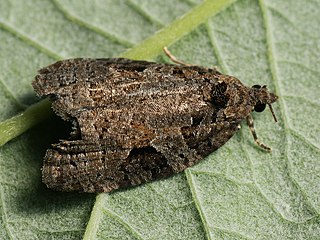
Apotomis is a genus of moths belonging to the subfamily Olethreutinae of the family Tortricidae.

Bactra is a genus of moths belonging to the subfamily Olethreutinae of the family Tortricidae.
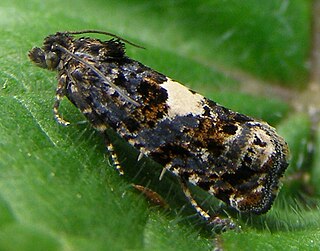
Epiblema is a very large genus of moths belonging to the subfamily Olethreutinae of the family Tortricidae. Most species occur in the Holarctic; a few in South Asia and Africa.

Episimus is a genus of moths belonging to the subfamily Olethreutinae of the family Tortricidae.
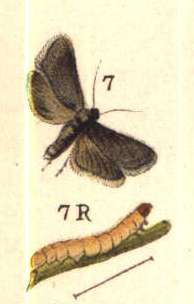
Grapholita is a large genus of tortrix moths. It belongs to subfamily Olethreutinae, and therein to the tribe Grapholitini, of which it is the type genus.
Noduliferola is a genus of tortrix moths belonging to the tribe Eucosmini of subfamily Olethreutinae. The known species range from East Asia to Polynesia.
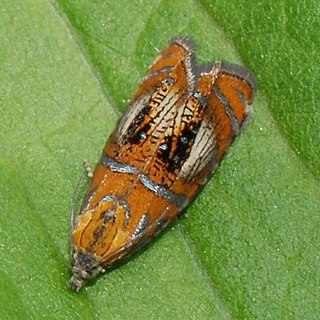
Olethreutes is a large genus of tortrix moths. It is the type genus of its tribe (Olethreutini) and subfamily (Olethreutinae).

The tortrix moth, genus Pammene, belongs to the tribe Grapholitini of the subfamily Olethreutinae.
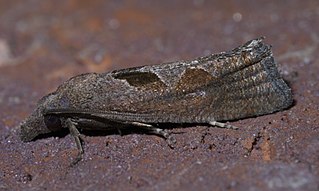
Pelochrista is a Holarctic genus of moths belonging to the subfamily Olethreutinae of the family Tortricidae.
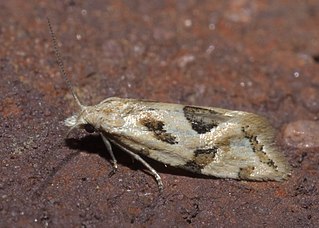
Aethes is a genus of moths belonging to the subfamily Tortricinae of the family Tortricidae.
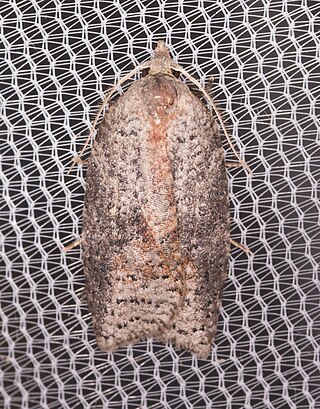
Amorbia is a genus of moths belonging to the subfamily Tortricinae of the family Tortricidae.
Anacrusis is a genus of moths belonging to the subfamily Tortricinae of the family Tortricidae.

Phalonidia is a genus of moths belonging to the subfamily Tortricinae of the family Tortricidae.

Platynota is a genus of moths belonging to the subfamily Tortricinae of the family Tortricidae.
Sparganopseustis is a genus of moths belonging to the subfamily Tortricinae of the family Tortricidae.
Aethesoides is a genus of moths belonging to the subfamily Tortricinae of the family Tortricidae.
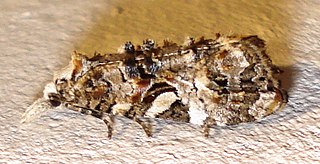
Phtheochroa is a large genus of tortrix moths. It belongs to the tribe Cochylini of subfamily Tortricinae.
















